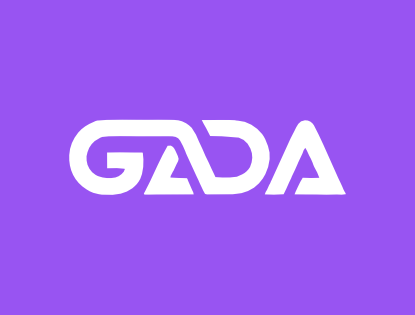WHO CAN BE USE FOR HUMAN TRAFFICKING

Human trafficking can affect anyone, regardless of:
Demographics:
1. Age: Children, adolescents, adults, and seniors can be victims.
2. Gender: Men, women, and non-binary individuals can be targeted.
3. Nationality: People from various countries and backgrounds can be affected.
4. Socioeconomic status: Individuals from low-income, middle-class, or high-income backgrounds can be vulnerable.
Vulnerable Populations:
1. Migrants and refugees: Those fleeing conflict, persecution, or poverty may be more susceptible.
2. Women and girls: Disproportionately affected, especially in sex trafficking.
3. Children: Particularly vulnerable due to age, naivety, and dependence.
4. Marginalized communities: LGBTQ+ individuals, people with disabilities, and those in poverty may face increased risks.
Recruitment Tactics:
1. Deception: Traffickers may use false promises, lies, or misinformation.
2. Coercion: Threats, violence, or intimidation can be used to control victims.
3. Manipulation: Traffickers may exploit vulnerabilities, such as financial difficulties or emotional instability.
Indicators of Human Trafficking:
1. Unusual behavior: Fear, anxiety, or avoidance of eye contact.
2. Control: Restrictions on freedom, movement, or communication.
3. Exploitation: Forced labor, sex work, or other forms of exploitation
- Art
- Causes
- Crafts
- Dance
- Drinks
- Film
- Fitness
- Food
- Juegos
- Gardening
- Health
- Home
- Literature
- Music
- Networking
- Other
- Party
- Religion
- Shopping
- Sports
- Theater
- Wellness


